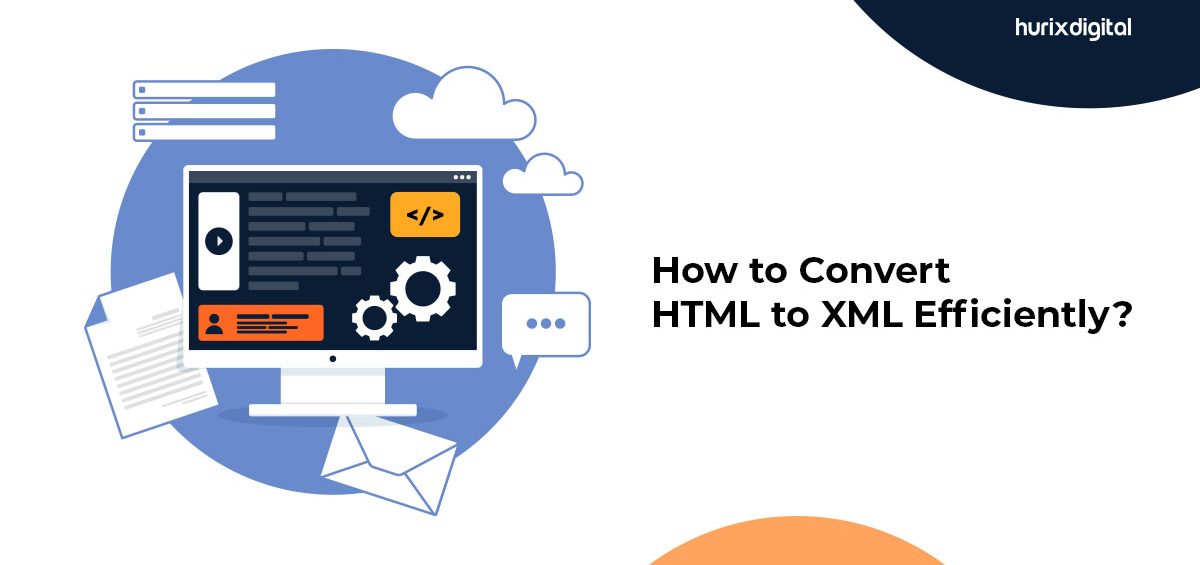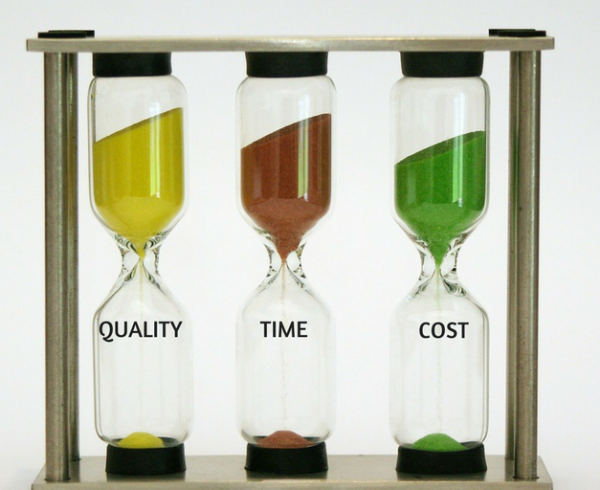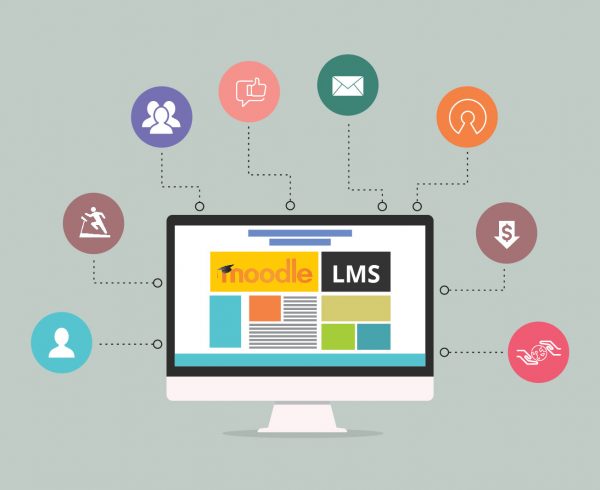HTML and XML are both markup languages used to structure and display content on the web. However, HTML is primarily used for creating web pages, while XML is used for storing and transporting data. As a result, converting HTML to XML can be useful in certain scenarios, such as when transforming web content into a structured format.
Table of Contents:
- How to Convert HTML to XML file
- How to Convert HTML To XML Online
- Convert XML to HTML
- HTML To XML Converter
- Convert HTML To XML Online
- Convert HTML into XML
There are several ways to convert HTML to XML efficiently. Here are some methods:
- Use an online converter: There are many online tools available that can quickly convert HTML to XML. Some popular options include Convertio, Online-Convert, and HTMLtoXML. These tools are easy to use and can handle large amounts of HTML code.
- Use a programming language: If you have programming experience, you can write a script to convert HTML to XML. Python, for example, has several libraries such as BeautifulSoup and lxml that can be used for parsing and transforming HTML into XML. Other programming languages like Java and PHP also have libraries for this purpose.
Here is an example Python code using BeautifulSoup to convert HTML to XML:
BeautifulSouphtml = “<html><body><h1>Hello, World!</h1></body></html>”soup = BeautifulSoup(html, “html.parser”)xml = soup.prettify()print(xml)
- Use XSLT: XSLT (Extensible Stylesheet Language Transformations) is a language used for transforming XML documents into other formats, including HTML. However, it can also be used in reverse to convert HTML to XML. XSLT is a powerful tool for converting HTML to XML, but it requires some knowledge of the language.
Here is an example XSLT code to convert HTML to XML:
<xsl:stylesheet version=”1.0″xmlns:xsl=”http://www.w3.org/1999/XSL/Transform”><xsl:output method=”xml” indent=”yes”/><xsl:template match=”/”> <html> <xsl:apply-templates/> </html></xsl:template><xsl:template match=”*”> <xsl:element name=”{name()}”> <xsl:apply-templates select=”@*|node()”/> </xsl:element></xsl:template><xsl:template match=”@*”> <xsl:attribute name=”{name()}”> <xsl:value-of select=”.”/> </xsl:attribute></xsl:template></xsl:stylesheet>
To use this XSLT code, you would need to apply it to the HTML document using a tool like Saxon or Xalan.
There are several ways to convert HTML to XML efficiently, including using online converters, programming languages, or XSLT. Each method has its own advantages and disadvantages, so the choice ultimately depends on your specific needs and skillset.
How to convert HTML to XML file
There are different ways to convert HTML to XML, but one common method is to use an XSLT stylesheet to transform the HTML document into an XML document. Here are the general steps to follow:
- Create an XSLT stylesheet that defines the transformation rules from HTML to XML. You can either write one from scratch or use an existing one.
- Open your HTML file in an XML editor or a web browser that supports XSLT and apply the XSLT stylesheet to it. This will generate an XML output that reflects the structure and content of the original HTML document.
- Save the XML output to a file with the .xml extension.
Here’s an example of an XSLT stylesheet that converts a simple HTML document to XML:
<?xml version=”1.0″ encoding=”UTF-8″?><xsl:stylesheet version=”1.0″ xmlns:xsl=”http://www.w3.org/1999/XSL/Transform”> <xsl:output method=”xml” indent=”yes” /> <xsl:template match=”/”> <html> <head> <title><xsl:value-of select=”/html/head/title”/></title> </head> <body> <xsl:apply-templates select=”/html/body/*”/> </body> </html> </xsl:template> <xsl:template match=”*”> <xsl:element name=”{name()}”> <xsl:apply-templates select=”@*|node()”/> </xsl:element> </xsl:template> <xsl:template match=”@*”> <xsl:attribute name=”{name()}”> <xsl:value-of select=”.”/> </xsl:attribute> </xsl:template></xsl:stylesheet>
To use this stylesheet, save it as a separate file with the .xsl extension (e.g. “html-to-xml.xsl”), and then apply it to your HTML file using an XML editor or a web browser that supports XSLT. The output should be an XML file that reflects the structure and content of your original HTML document.
How to Convert HTML To XML Online
There are several online tools that can help you convert HTML to XML. Here are some options:
- FreeFormatter HTML to XML Converter: This online tool allows you to convert HTML to XML by simply pasting your HTML code into the input field. You can also upload an HTML file from your computer. The tool will then convert the code and display the XML output, which you can copy and use as needed. The website is https://www.freeformatter.com/html-to-xml-converter.html.
- Online XML Tools HTML to XML Converter: This tool is another option for converting HTML to XML. Like the previous option, you can paste your HTML code or upload an HTML file from your computer. The tool will then convert the code and display the XML output. The website is https://onlinexmltools.com/convert-html-to-xml.
- Convert Town HTML to XML Converter: This is another online tool that can convert HTML to XML. Simply paste your HTML code into the input field, and the tool will convert the code and display the XML output. The website is https://convert.town/html-to-xml.
These are just a few examples of online tools that can help you convert HTML to XML. Depending on your needs, you may prefer one over the others.
Convert XML to HTML
There are several ways to convert XML to HTML, but one of the most common ways is to use XSLT (eXtensible Stylesheet Language Transformations).
Here are the basic steps to convert XML to HTML using XSLT:
- Create an XSLT stylesheet that defines how the XML data should be transformed into HTML.
- Apply the XSLT stylesheet to the XML data using an XSLT processor.
- The XSLT processor will generate an HTML document based on the rules defined in the XSLT stylesheet.
Here is an example of an XSLT stylesheet that converts a simple XML document to HTML:
<?xml version=”1.0″ encoding=”UTF-8″?><xsl:stylesheet version=”1.0″ xmlns:xsl=”http://www.w3.org/1999/XSL/Transform”> <xsl:template match=”/”> <html> <head> <title>My XML to HTML Conversion</title> </head> <body> <xsl:apply-templates/> </body> </html> </xsl:template> <xsl:template match=”element”> <p><xsl:value-of select=”.”/></p> </xsl:template></xsl:stylesheet>
This stylesheet defines two templates: one for the root element (“/”) that generates the basic structure of the HTML document, and one for the “element” element that converts each instance of “element” in the XML to a paragraph (“p”) element in the HTML.
To apply this stylesheet to an XML document, you would use an XSLT processor, such as the Java-based Xalan processor:
java org.apache.xalan.xslt.Process -in input.xml -xsl stylesheet.xsl -out output.html
This would generate an HTML document, “output.html”, based on the rules defined in the XSLT stylesheet.
HTML To XML Converter
Converting HTML to XML can be a bit tricky, as XML is a stricter markup language than HTML. However, there are some tools and techniques that can help you with this conversion.
One way to convert HTML to XML is to use an HTML to XHTML converter. XHTML is a stricter version of HTML that is based on XML syntax, so converting HTML to XHTML is a good first step toward getting XML.
Here’s an example of how you can convert HTML to XHTML using a free online converter:
- Go to https://www.freeformatter.com/html-to-xhtml-converter.html
- Copy and paste your HTML code into the “Input HTML” field.
- Click the “Convert HTML to XHTML” button.
- The converter will generate the XHTML code in the “Output XHTML” field.
Once you have the XHTML code, you can then convert it to XML using an XSLT stylesheet. Here’s an example of an XSLT stylesheet that can convert XHTML to XML:
<?xml version=”1.0″ encoding=”UTF-8″?><xsl:stylesheet version=”1.0″ xmlns:xsl=”http://www.w3.org/1999/XSL/Transform”> <xsl:output method=”xml” indent=”yes” /> <xsl:template match=”/”> <xsl:apply-templates /> </xsl:template> <xsl:template match=”*”> <xsl:element name=”{local-name()}”> <xsl:apply-templates select=”@*|node()” /> </xsl:element> </xsl:template> <xsl:template match=”@*”> <xsl:attribute name=”{local-name()}”> <xsl:value-of select=”.” /> </xsl:attribute> </xsl:template></xsl:stylesheet>
This stylesheet defines three templates: one for the root element (“/”) that applies templates to all child nodes, one for any element that creates an XML element with the same name as the XHTML element, and one for any attribute that creates an XML attribute with the same name as the XHTML attribute.
To use this stylesheet, you would save it as a separate file (e.g. “xhtml-to-xml.xsl”) and then apply it to the XHTML file using an XSLT processor, such as the Java-based Xalan processor:
java org.apache.xalan.xslt.Process -in input.xhtml -xsl xhtml-to-xml.xsl -out output.xml
This would generate an XML document, “output.xml”, based on the rules defined in the XSLT stylesheet.
Convert HTML To XML Online
There are multiple online tools available to convert HTML to XML. Some of the popular ones include:
- Code Beautify HTML to XML Converter: This online tool converts HTML to XML by either loading the website URL which has tables to be converted to XML or by uploading the HTML file to transform to XML. [^1]
- AnyConv HTML to XML Converter: AnyConv allows you to convert HTML to XML by adding the HTML file for conversion and clicking the “Convert” button. The conversion process is fast and the resulting XML file can be downloaded. [^2]
- FreeFileConvert HTML to XML Converter: With FreeFileConvert, you can convert HTML files to XML format by selecting the HTML file to convert, choosing XML as the output format, and clicking the Convert button. Multiple files can be converted at the same time, with a maximum size of up to 300 MB. [^3]
- CodeDev.Tools HTML to XML Converter: CodeDev.Tools HTML to XML Converter is a free online developer tool that allows you to convert HTML to XML data with your preferred indentation level. You can either browse a HTML file locally from your device, fetch it from the URL, or enter it manually. Additionally, you can validate and beautify the HTML data and delimited the HTML input data. [^4]
- Code Amaze HTML to XML Converter: Code Amaze’s HTML to XML converter is an online tool that quickly and easily converts HTML data to XML data with the best possible output. To convert HTML to XML, you can copy and paste the HTML data into the input field. The converted XML data can be copied or saved. [^5]
These online tools provide a simple and efficient way to convert HTML to XML without needing to install any software.
Convert HTML into XML
Converting HTML to XML involves transforming the HTML markup into a stricter XML markup. While HTML is more lenient when it comes to syntax, XML requires a valid document structure and strict adherence to rules. Here’s an example of how you can convert HTML to XML using an XSLT stylesheet:
- First, save the HTML file you want to convert to your local machine.
- Create an XSLT stylesheet that defines how the HTML should be transformed into XML. Here’s an example of an XSLT stylesheet:
<?xml version=”1.0″ encoding=”UTF-8″?><xsl:stylesheet version=”1.0″ xmlns:xsl=”http://www.w3.org/1999/XSL/Transform”> <xsl:output method=”xml” indent=”yes” /> <xsl:template match=”/”> <xsl:apply-templates /> </xsl:template> <xsl:template match=”*”> <xsl:element name=”{local-name()}”> <xsl:apply-templates select=”@*|node()” /> </xsl:element> </xsl:template> <xsl:template match=”@*”> <xsl:attribute name=”{local-name()}”> <xsl:value-of select=”.” /> </xsl:attribute> </xsl:template></xsl:stylesheet>
This stylesheet defines three templates: one for the root element (“/”) that applies templates to all child nodes, one for any element that creates an XML element with the same name as the HTML element, and one for any attribute that creates an XML attribute with the same name as the HTML attribute.
Use an XSLT processor to apply the XSLT stylesheet to the HTML file. For instance, you can use the Java-based Xalan processor to perform the transformation from the command line:
java org.apache.xalan.xslt.Process -in input.html -xsl stylesheet.xsl -out output.xml
This command will generate an XML file, “output.xml”, based on the rules defined in the XSLT stylesheet.
The resulting XML file may require further validation and correction to ensure that it adheres to the rules of the XML syntax.
Also Read – A Beginner’s Guide to XML Content Development











